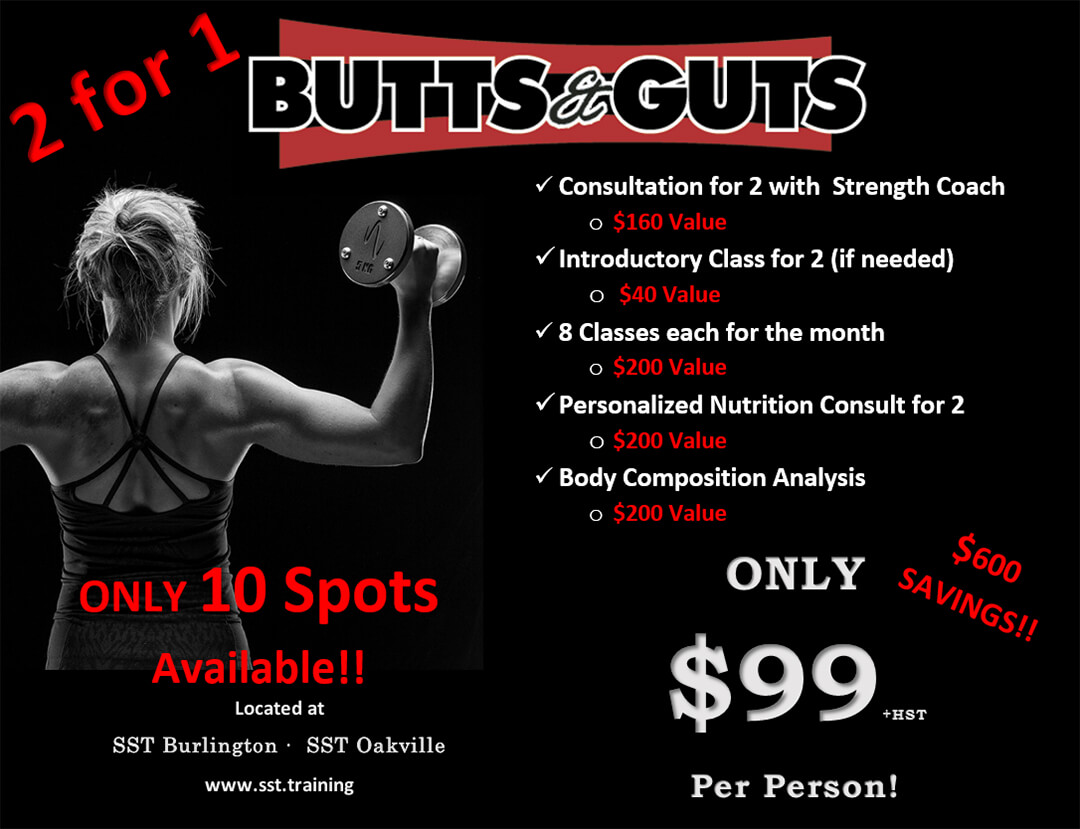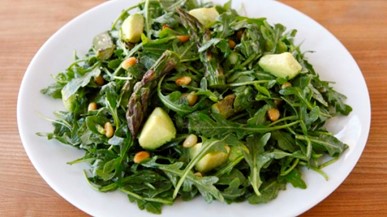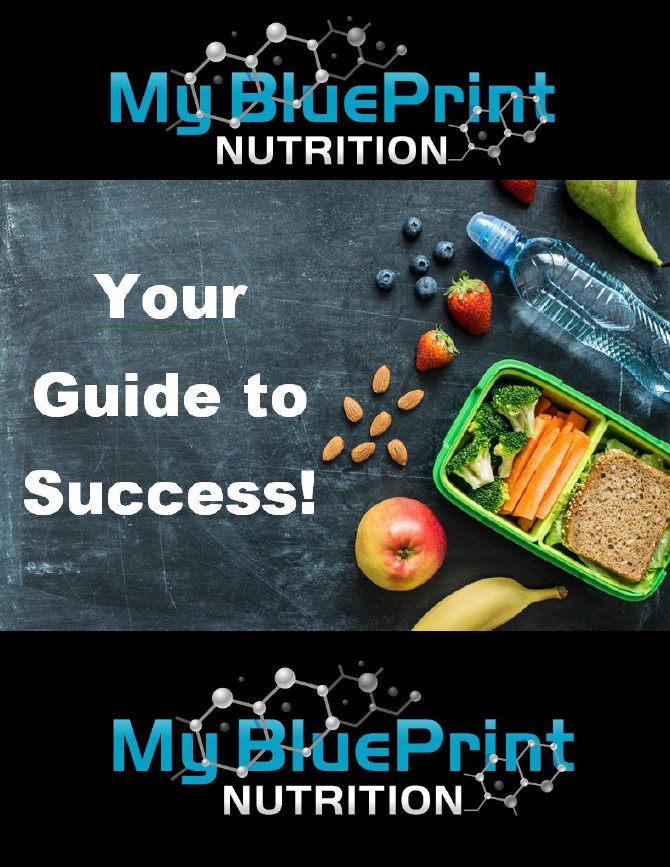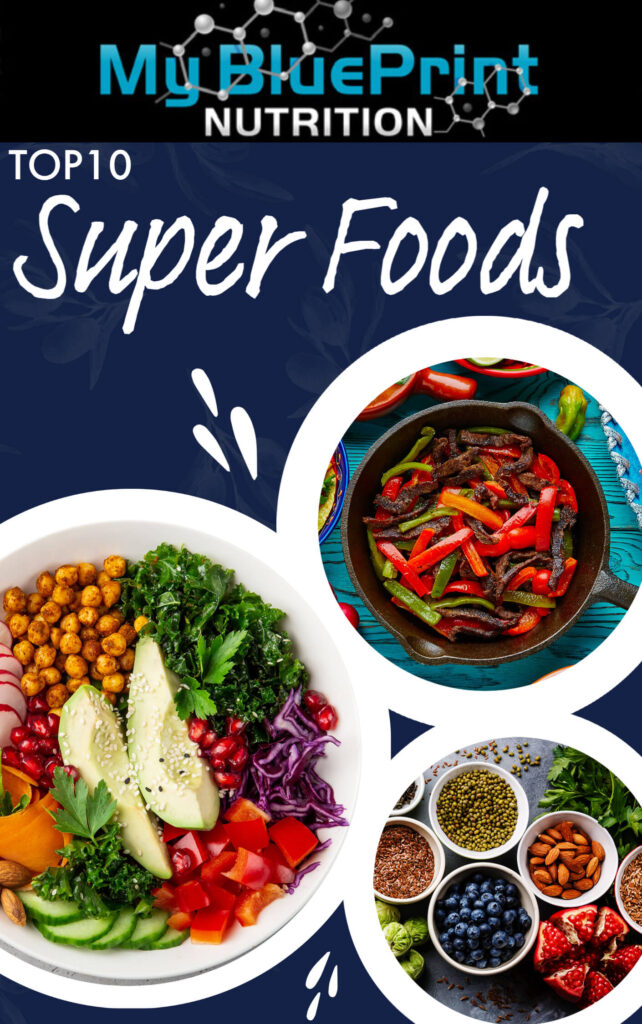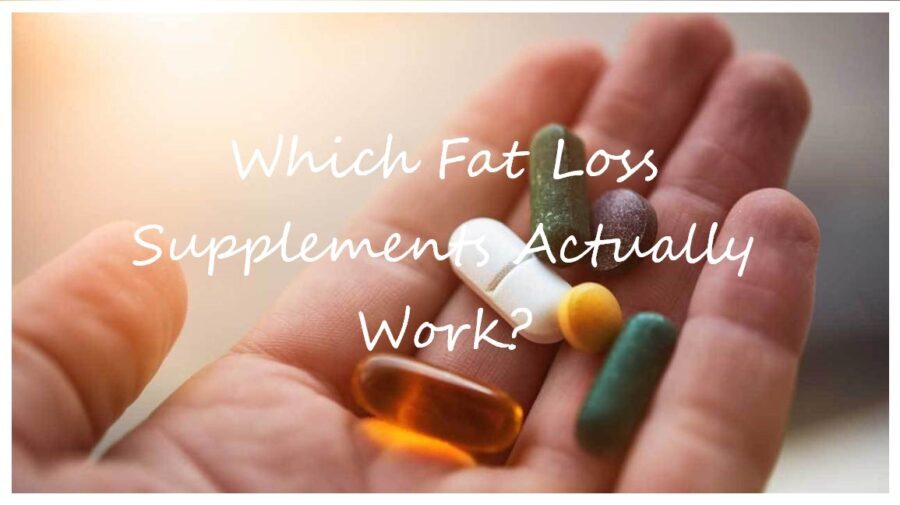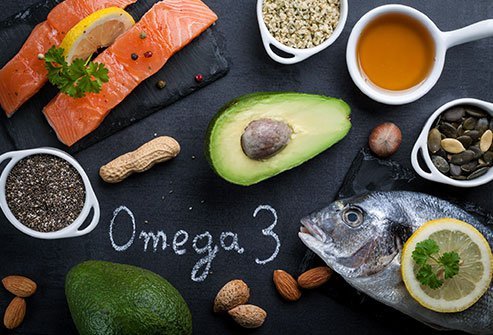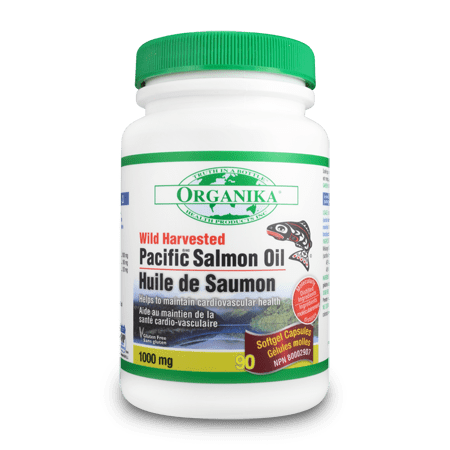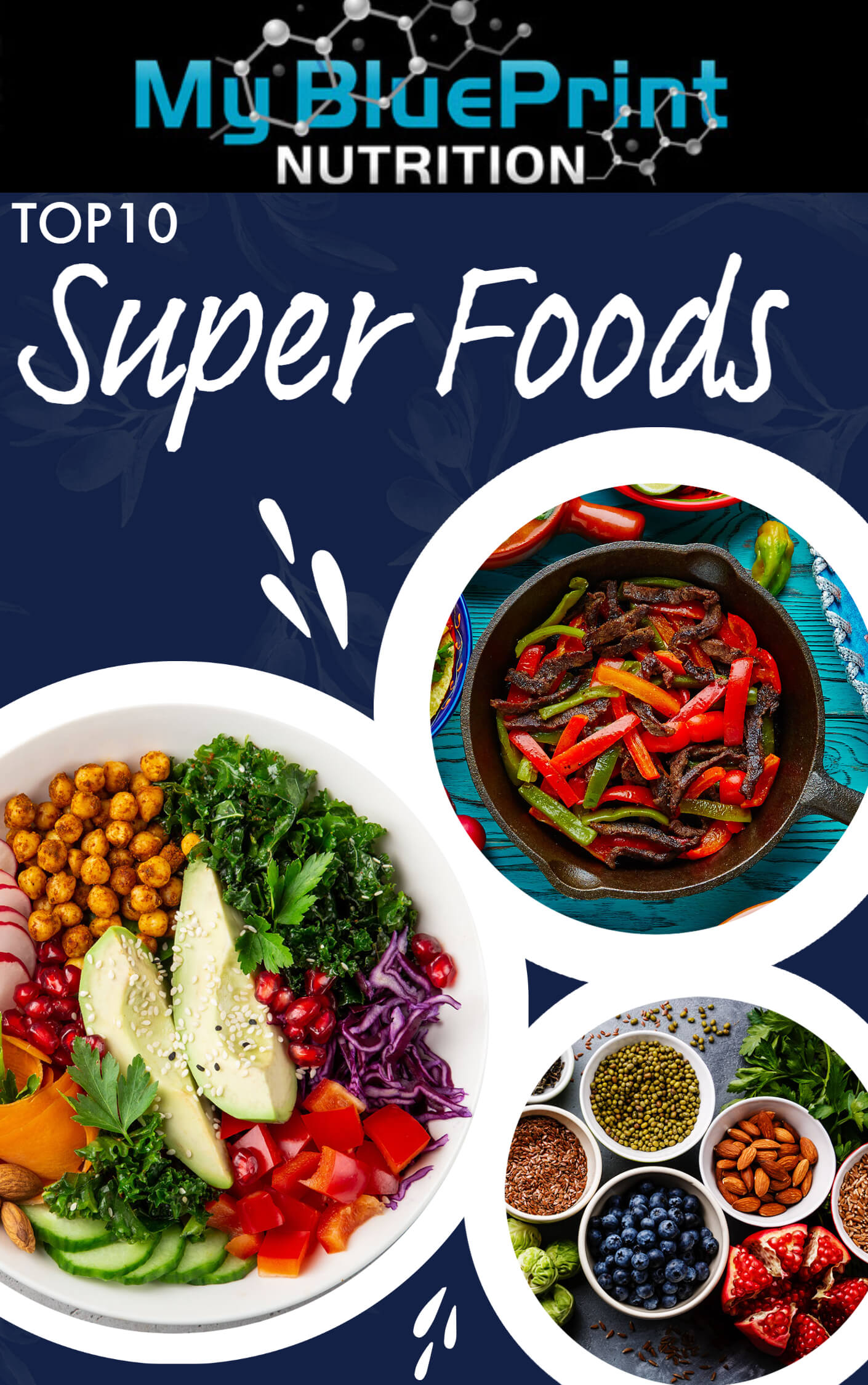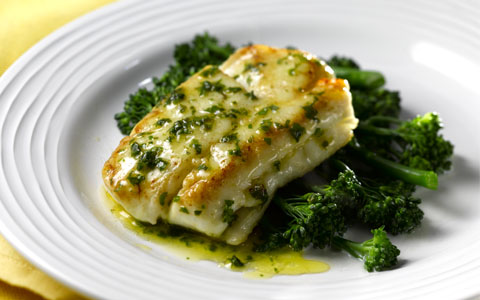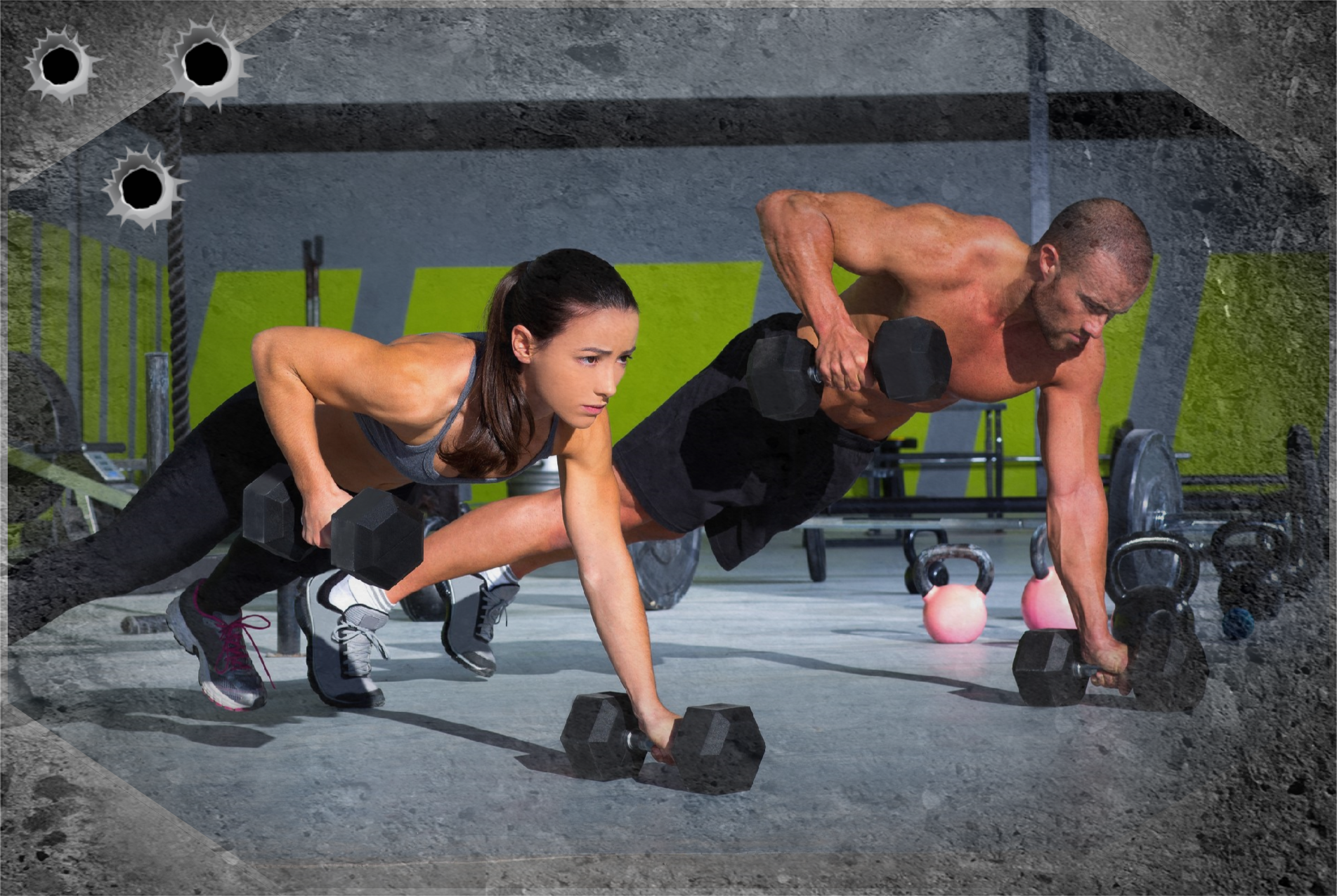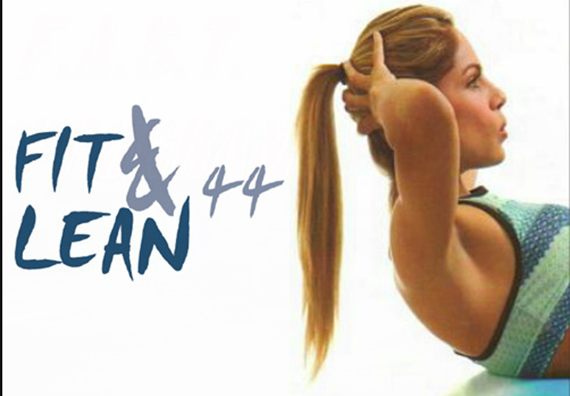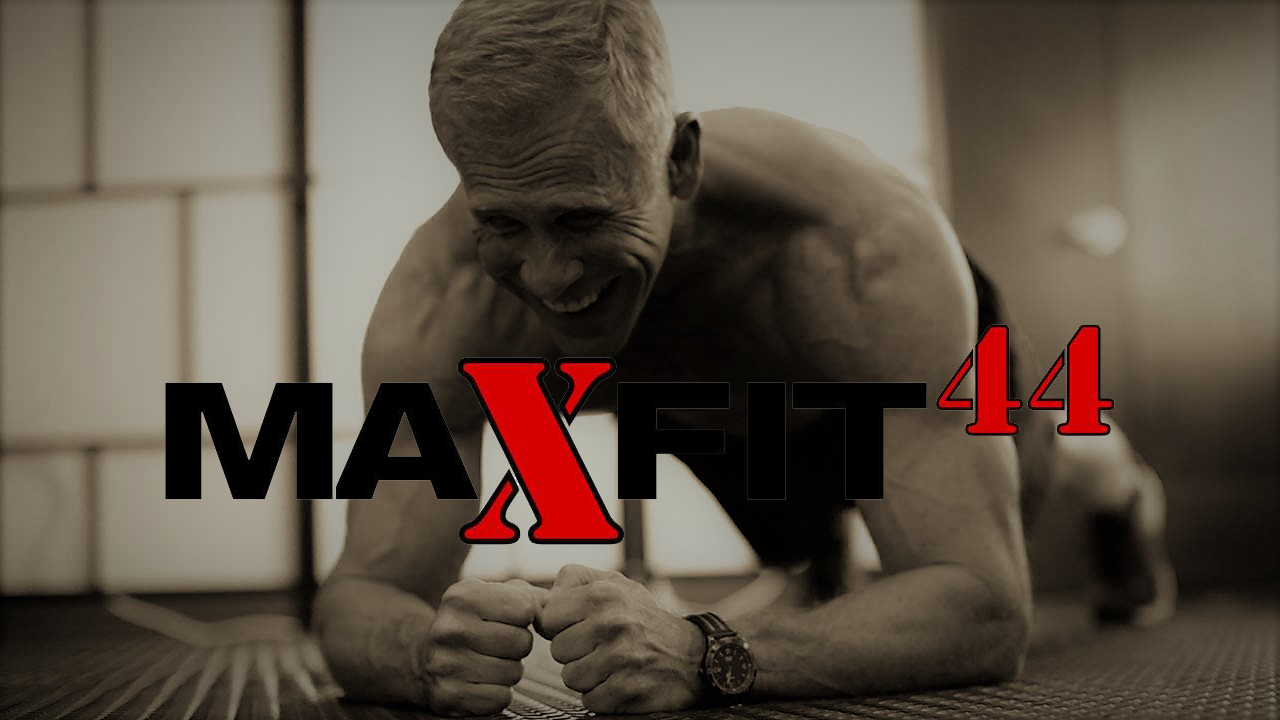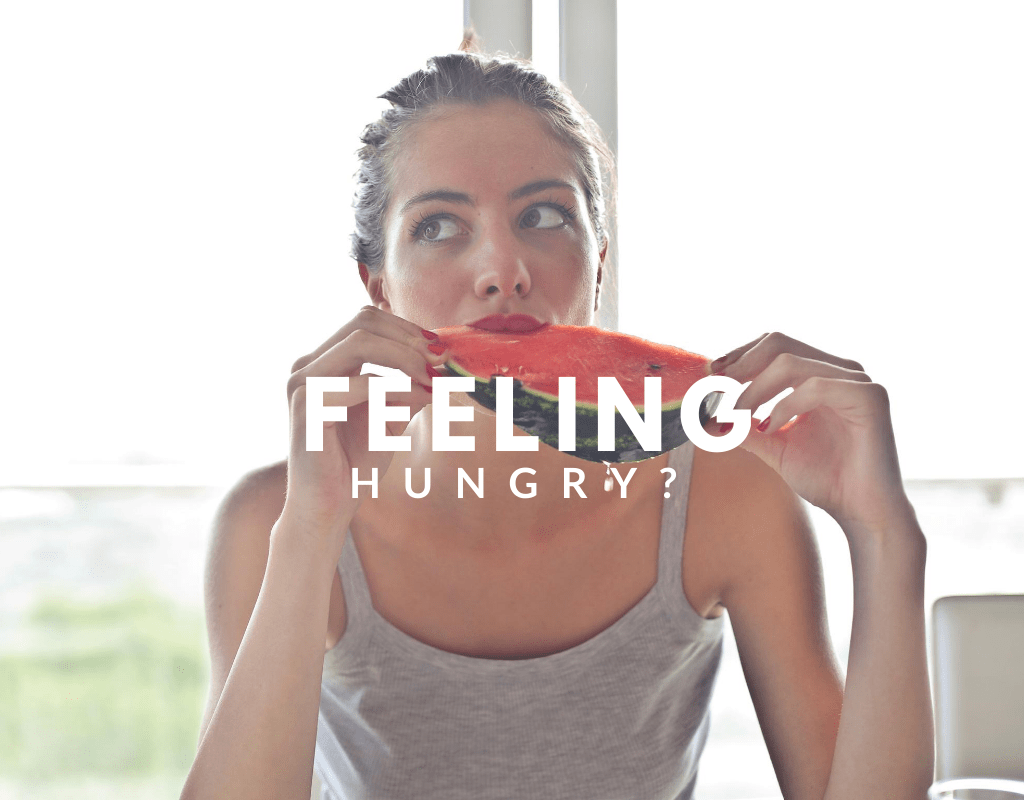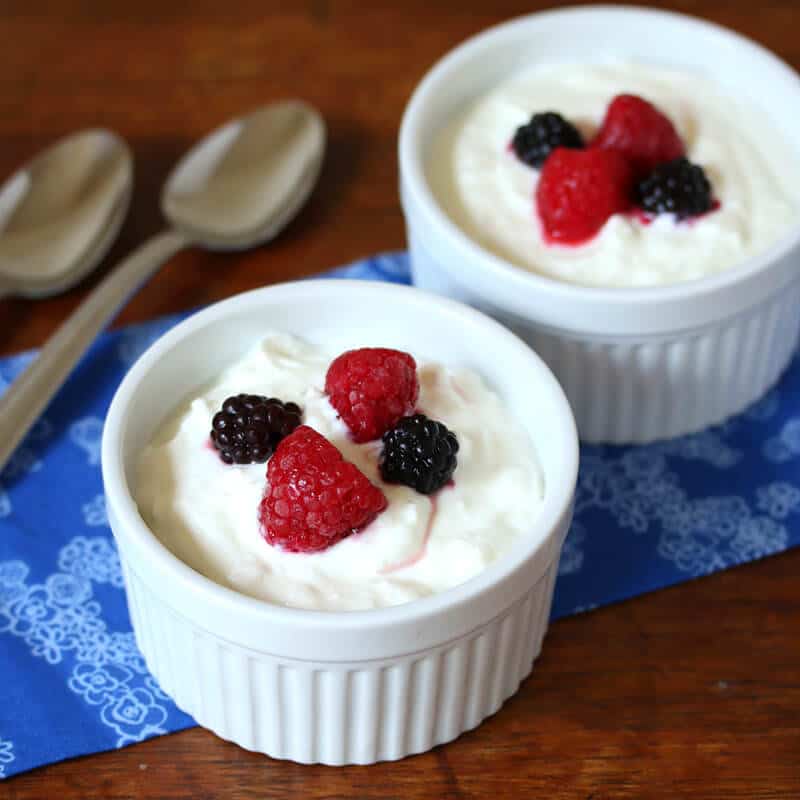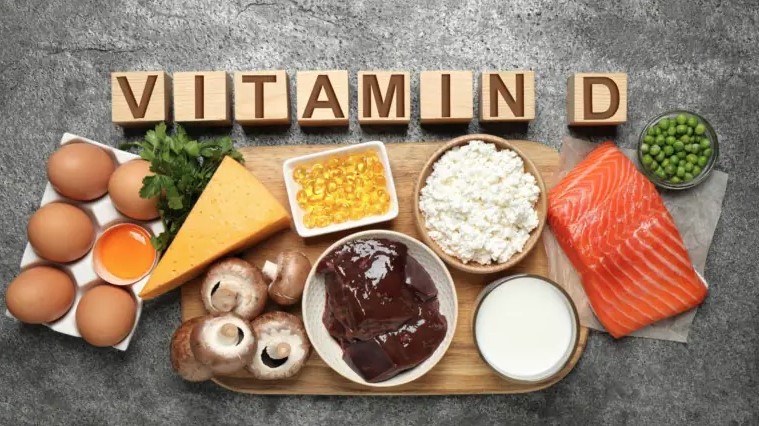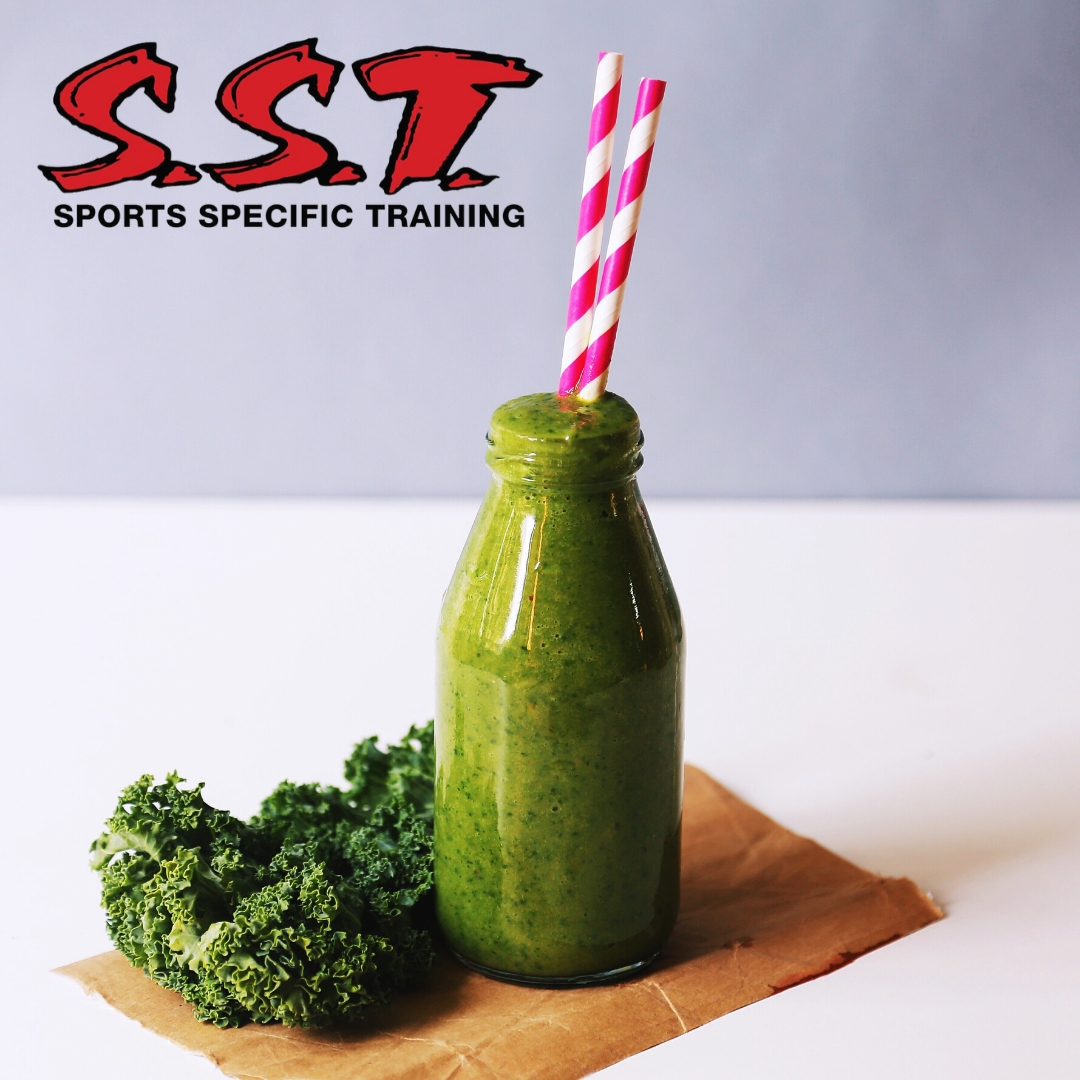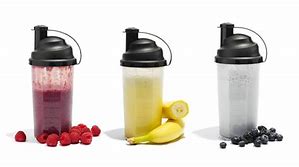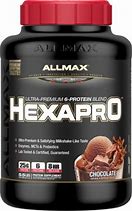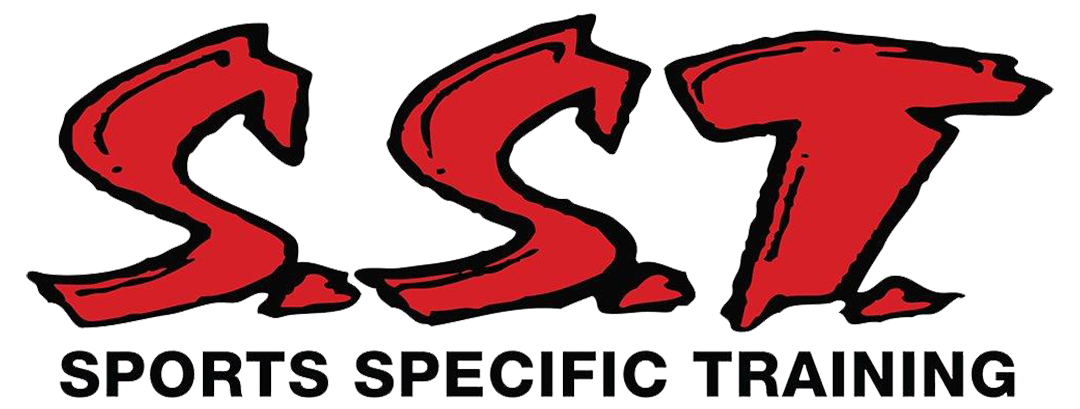So the first month of 2018 has come and gone; how are those New Year Resolutions treating you?
If you’re like the majority of people, when the New Year comes along you start making resolutions. Promises to save more money, keep in touch with friends and one of the most popular, get in better shape! Well, the resolution part is easy but sticking to your goal, that is the hard part!
According to some research, upwards of 92% of New Year resolutions do not succeed!! With the odds stacked against us, the easy thing would be to join the masses and just give up, but my resolution was to make sure YOU stick to your resulution. So, I put together my top 10 tips to help you stick to those resolutions and be a part of that illustrious 8%! IT’S NOT TOO LATE!
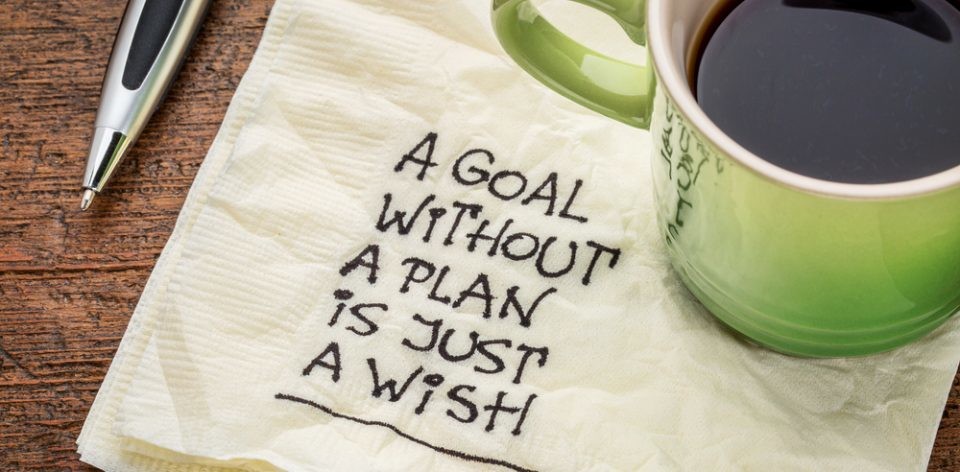
1.Make sure your Resolutions are Realistic
Haven’t been to the gym in a couple years? That’s okay, but your resolution probably shouldn’t be to start going to the gym 7 days a week. Not only is that a really daunting task (even for someone who goes to the gym regularly!) but it sets you up for failure. What happens when you miss one day? It makes it easier to talk yourself out of the next, and the next, and next thing you know your resolution is down the drain!
Rather, aim for something that is more realistic and maintainable. Start with aiming to go 2 or 3 days a week (if it’s been a while you will be sore and you will be happy to give your body some extra rest!). Once you get into the swing of things add an extra day, a couple weeks later add another. Before you know it, it will become second nature to get to the gym on a regular basis and you will avoid feeling overwhelmed and defeated by the gym
2. Be Specific
Vagueness is the enemy when it comes to goal setting. If you don’t know exactly what you’re working towards how will you know when you’ve attained it?
Instead of saying you want to lose weight or get stronger make specific, measureable, time-bound goals for yourself. For example:
– I want to lose 10lbs and 7% body fat by March 31st, 2018
– I want to back squat 135lbs by May 1st, 2018 (I’m well on my way!!)
Are making statements like this scary? Yes.
Is there a chance you may not meet this goal? Yes.
However, giving yourself something specific to work towards will make it more likely for you to stick to your goals.
3. Go Public
Making a silent promise to yourself will not cut it, tell the world! Tell your partner, your friends, make a statement on social media; making your goal public gives you accountability. Yes, telling people about your goals may make you feel vulnerable but it will also push you to stick to your goals.
4. Enlist a Friend
Having a gym buddy will make you, and your friend, more likely to stick to your plan. If you know you are meeting someone at the gym you are less likely to skip going and if you want to cancel you have someone asking you why. Accountability is key!
Can’t find someone who wants to go to the gym with you or your friend lives far away? Have a friend check in with you and ask how things are going periodically. Having someone to answer to increases the likelihood that you will stick with it.
5. Plan Ahead
In order to stick to your resolution you need a plan. If you have no idea what you are going to do to achieve your goal then how are you going to get there?! Take some time each week to plan out your upcoming week. Pick the days and times you are going to go to the gym, plan your meals for the week, make a shopping list, prep your meals, put together healthy on-the-go snacks.
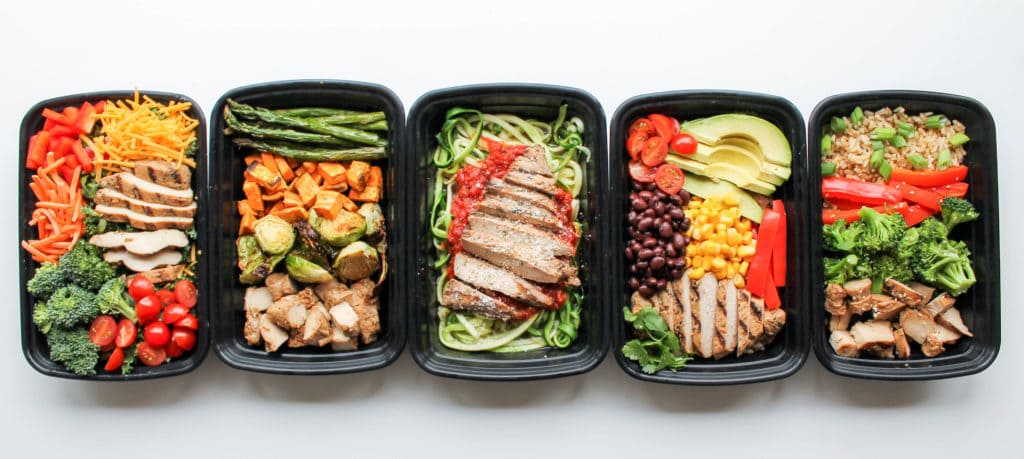
It may sound like a lot, but taking an hour or two once a week will make it SO much easier to stick to your goals as your busy week gets rolling. You are less likely to make a quick stop at the drive-thru when you know you have dinner prepped in the fridge or you have healthy snacks stored in your car. Having a shopping list at the grocery store will make you less likely to throw the unhealthy foods in the cart. If your gym time is in your schedule, you are more likely to go! Planning gives you direction!
If you liked our first 5 tips, check back soon for Part 2!
If your resolution need an extra helping hand, check out SST’s incredible Adult Fitness Programs!
With supportive coaches, encouraging training partners and an energetic environment; the results you want are not out of reach!
Check out our incredible 2 for 1 deal we have going on in February!
